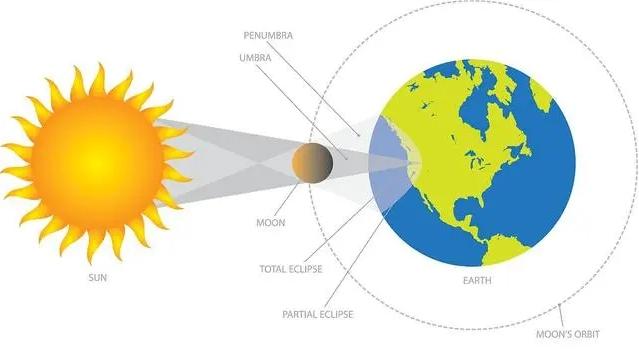

— Blogs —
—Products—
 Consumer hotline +8618073152920
Consumer hotline +8618073152920 WhatsApp:+8615367865107
Address:Room 102, District D, Houhu Industrial Park, Yuelu District, Changsha City, Hunan Province, China
Product knowledge
Time:2023-11-10 15:18:55 Popularity:973
A total solar radiation sensor, also known as a pyranometer, is an instrument used to measure total solar radiation. It utilizes the working principle of thermocouple to measure the energy of solar radiation and convert it into electrical signal output. The term solar intensity meter comes from the Greek words pyr, meaning fire, and ano, meaning sky.
Total solar radiation consists of two parts: direct solar radiation and scattered radiation. Direct solar radiation refers to the radiation that comes directly from the sun to the earth's surface, while scattered radiation refers to the radiation that reaches the earth's surface after being scattered by the atmosphere. A total solar radiation sensor measures the energy of both components simultaneously and sums them to obtain the total solar radiation energy.
The working principle of the total solar radiation sensor is to use thermocouples or thermopiles to measure the heat of solar radiation. Its structure is mainly composed of optical elements, thermocouples or thermopiles, signal processing circuits, etc. It measures the energy of the total solar radiation by converting solar radiation energy into heat energy, and then converting heat energy into electrical energy through thermocouples or thermopiles.

Thermocouples are electrodes made of two different metals. When two electrodes are connected together, if their temperatures are different, a potential difference is created between the electrodes. The magnitude of this potential difference is proportional to the temperature difference between the electrodes. The probe of a total solar radiation sensor usually consists of two thermocouples, one to measure the energy of solar radiation and the other to measure the ambient temperature.

When solar radiation hits the sensor probe, the thermocouples inside the probe are heated by the radiant energy, creating a potential difference. This potential difference is amplified and processed by the sensor's circuitry and outputs a voltage signal, the size of which is proportional to the energy of the solar radiation. Therefore, the amount of energy radiated by the sun can be determined by measuring the output voltage.

In addition to the thermocouple, the total solar radiation sensor includes a mechanical and optical section for protecting and gathering the radiant energy so that it can be better sensed and measured by the thermocouple. The sensor also typically includes an amplifier and filter circuitry to amplify and filter the tiny voltage signals generated by the thermocouple for more accurate measurements.

Solar radiation sensors are highly accurate, high-performance measuring instruments commonly used in climatology, meteorology, solar energy utilization, crop growth, building physics and solar energy research.
NBL-W-HPRS-Solar-Radiation-Sensor-Instruction-Manual-V3.0.pdf
NBL-W-SRS-Solar-radiation-sensor-instruction-manual-V4.0.pdf
Related recommendations
Sensors & Weather Stations Catalog
Agriculture Sensors and Weather Stations Catalog-NiuBoL.pdf
Weather Stations Catalog-NiuBoL.pdf
Related products
 Combined air temperature and relative humidity sensor
Combined air temperature and relative humidity sensor Soil Moisture Temperature sensor for irrigation
Soil Moisture Temperature sensor for irrigation Soil pH sensor RS485 soil Testing instrument soil ph meter for agriculture
Soil pH sensor RS485 soil Testing instrument soil ph meter for agriculture Wind Speed sensor Output Modbus/RS485/Analog/0-5V/4-20mA
Wind Speed sensor Output Modbus/RS485/Analog/0-5V/4-20mA Tipping bucket rain gauge for weather monitoring auto rainfall sensor RS485/Outdoor/stainless steel
Tipping bucket rain gauge for weather monitoring auto rainfall sensor RS485/Outdoor/stainless steel Pyranometer Solar Radiation Sensor 4-20mA/RS485
Pyranometer Solar Radiation Sensor 4-20mA/RS485
Screenshot, WhatsApp to identify the QR code
WhatsApp number:+8615367865107
(Click on WhatsApp to copy and add friends)